U.S. Considers Bringing Fannie, Freddie on to Budget
Sept. 11 (Bloomberg) -- The Bush administration is considering whether to fold Fannie Mae and Freddie Mac's $5.2 trillion in debt into the federal budget, the White House budget office and the U.S. Treasury Department said.
``We're discussing how to present this in the federal budget with Treasury and stakeholders right now, but a conclusion hasn't been determined,'' said Corinne Hirsch, a spokeswoman for the Office of Management and Budget. The Government Accounting Office and other federal agencies are also weighing in on the issue. more...
Sept. 11 (Bloomberg) -- The Bush administration is considering whether to fold Fannie Mae and Freddie Mac's $5.2 trillion in debt into the federal budget, the White House budget office and the U.S. Treasury Department said.
``We're discussing how to present this in the federal budget with Treasury and stakeholders right now, but a conclusion hasn't been determined,'' said Corinne Hirsch, a spokeswoman for the Office of Management and Budget. The Government Accounting Office and other federal agencies are also weighing in on the issue. more...
 and a dozen other books on banking and frequent writer for Barron’s Magazine, Institutional Investor, and others explains:
and a dozen other books on banking and frequent writer for Barron’s Magazine, Institutional Investor, and others explains: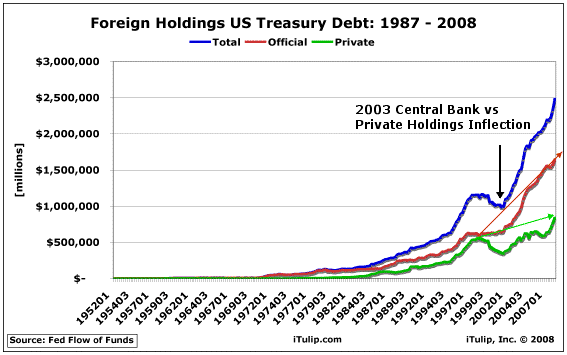
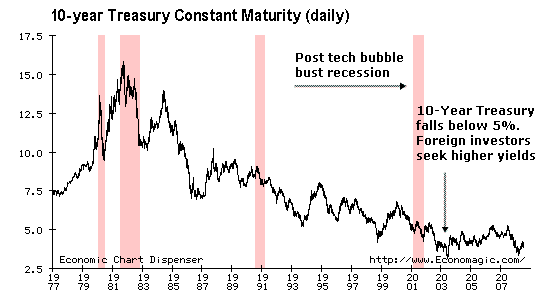
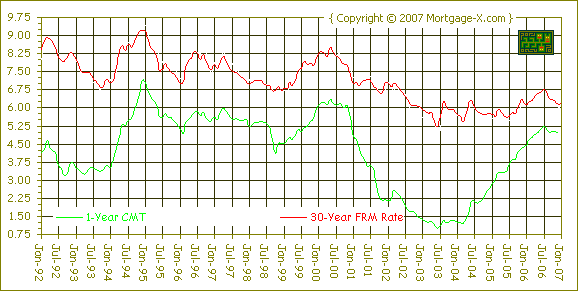
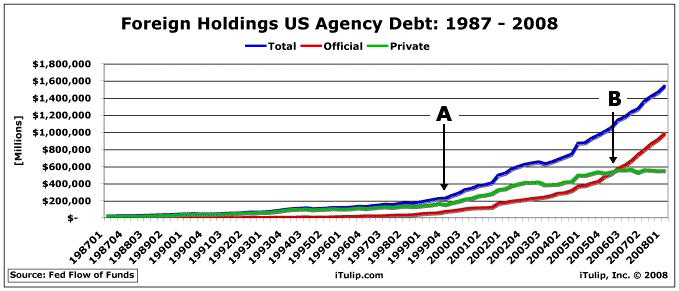
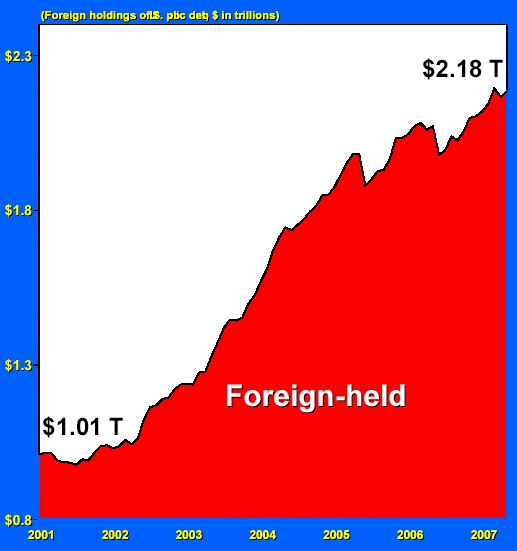
Comment